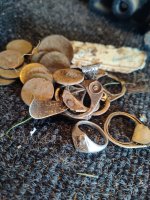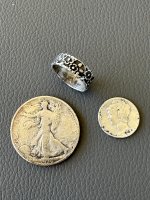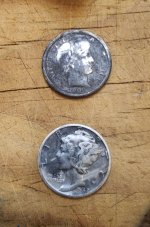D
damz68
Guest
I have always wondered how one knows if the musketball they have found was used in battle or just hunting? Not that it would take away from the historical value of the find. It just seems that when one finds a musketball they automatically assume it was used in battle when for many many years we used them to bring home dinner. Even today people still hunt with muskets, it may be a differant caliber.
I guess I just wonder how authentic our finds are. Is there any way to prove it was used in battle and not hunting?
I guess I just wonder how authentic our finds are. Is there any way to prove it was used in battle and not hunting?





